When it first announced the project, the company said it could have a working prototype of the revolutionary power source as early as 2019.
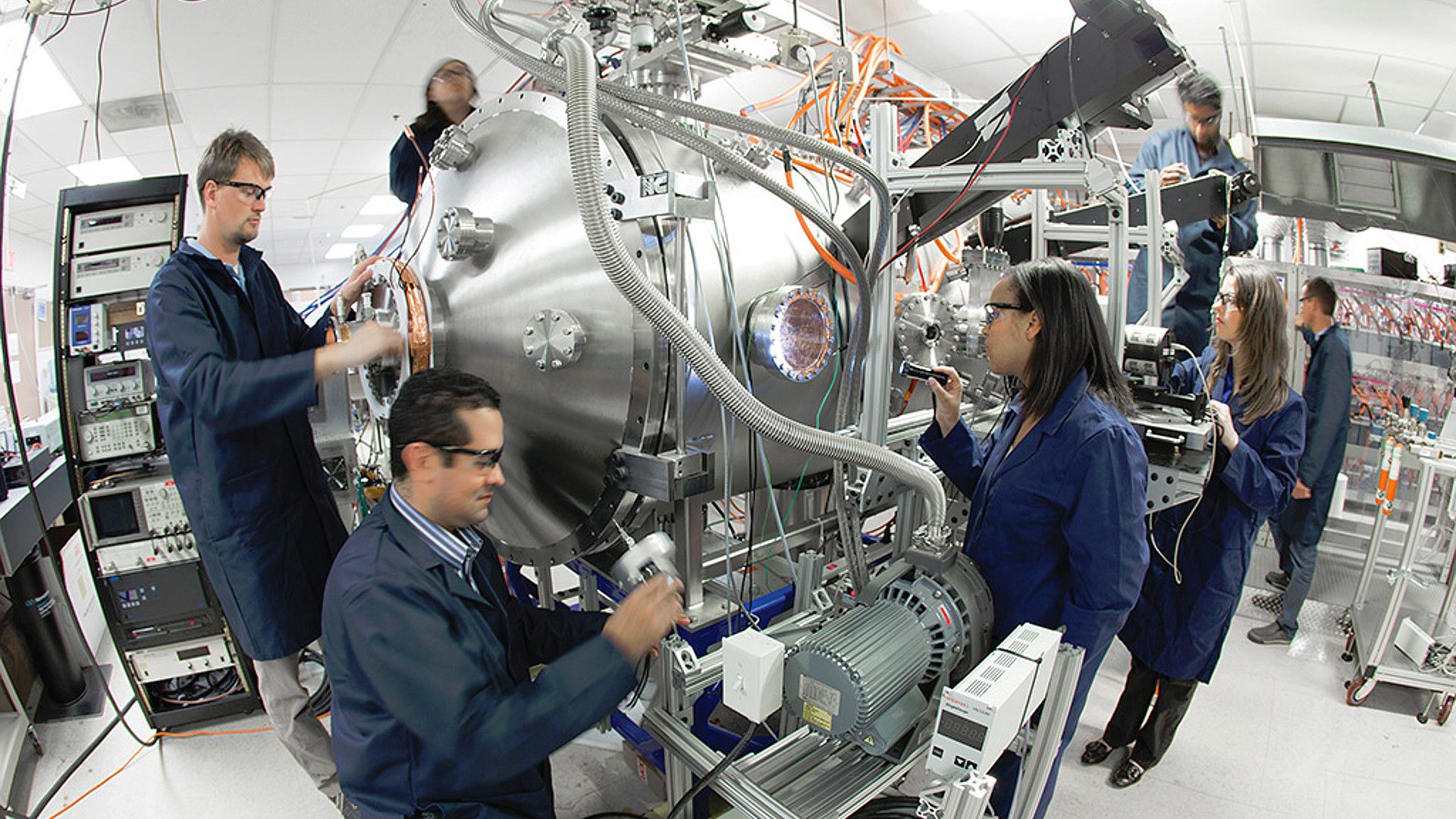


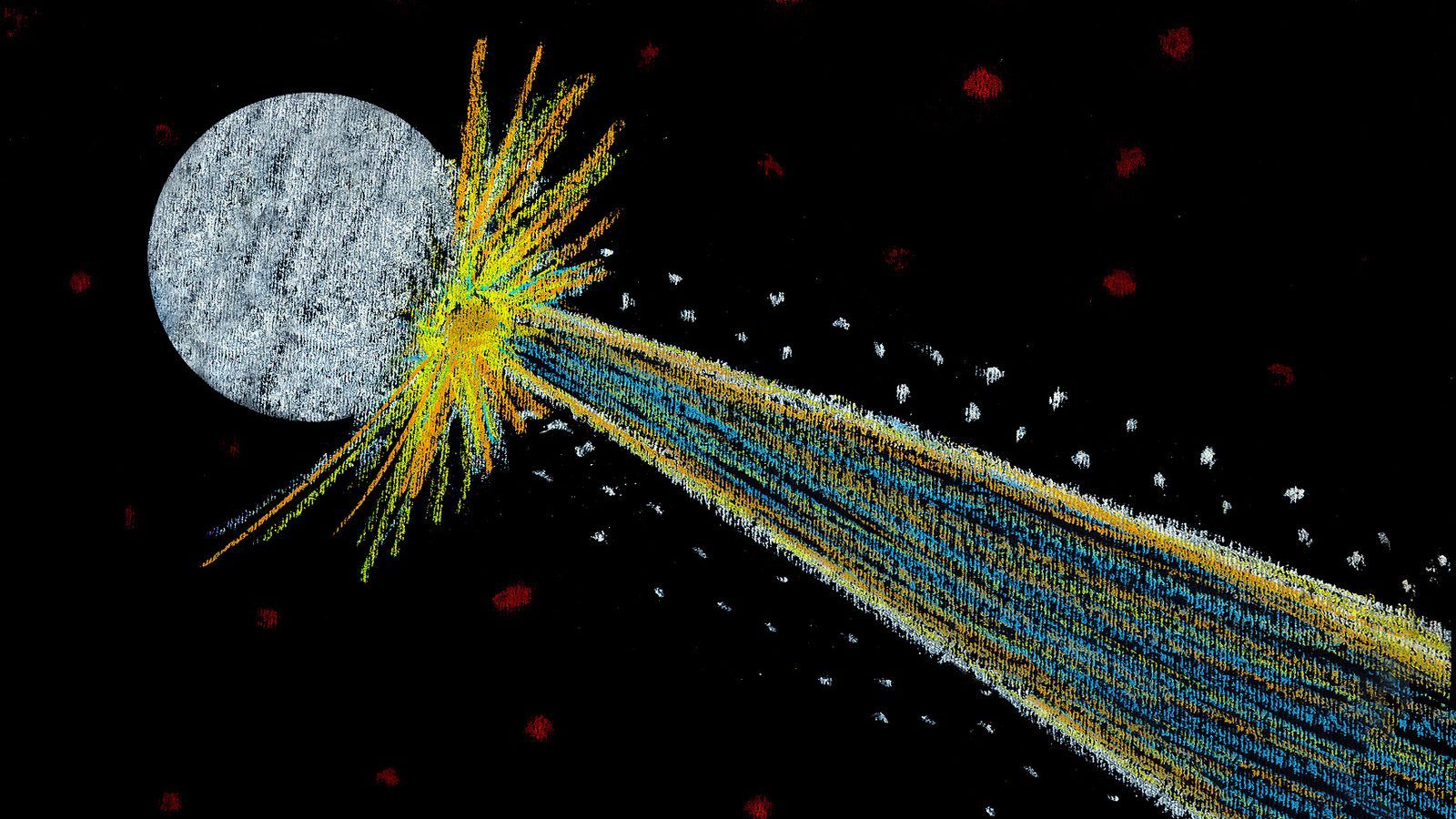
You may have thought, “Hey, if we’re threatened by an incoming asteroid, we should just nuke it!” You’re not alone: a team of Russian scientists are working on a plot to do so, by detonating miniature asteroids in a lab.
In fact, several groups of researchers are now toying with the idea of asteroid nuking for the sake of planetary defense. The Russian team has even calculated about how much firepower they’d need to perform such a feat.
According to the translated paper published in the Journal of Experimental and Theoretical Physics: “Given the scale factor and the results of laboratory experiments, the undeniable destruction of a chondritic asteroid 200 m in diameter by a nuclear explosion with an energy above 3 Mt was shown to be possible.”
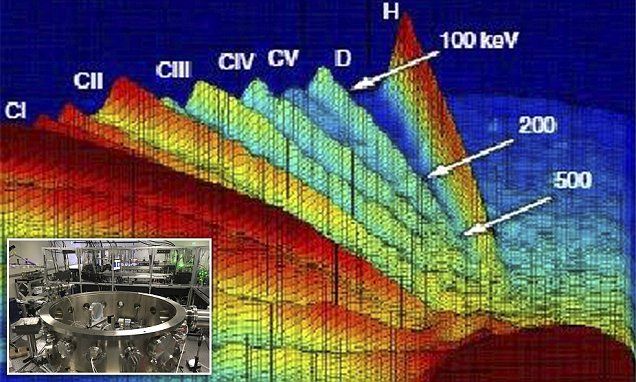
A step towards limitless energy? reactions at record efficiency…
Researchers from Colorado State University’s (CSU) Advanced Beam Laboratory used a compact but powerful laser they built from scratch to heat tiny, invisible wires, known as nanowires.
These contained a source of deuterium, one of two stable isotopes of hydrogen and a common source of fuel for nuclear fusion reactions.
The experiment resulted in a chain reaction of fusion events, which created a hot and dense plasma containing helium and highly energetic neutrons.
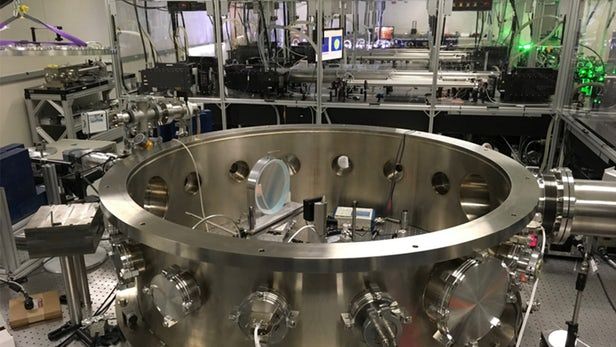
Researchers at Colorado State University (CSU) have broken the efficiency record for nuclear fusion on the micro-scale. Using an ultra-fast, high-powered tabletop laser, the team’s results were about 500 times more efficient than previous experiments. The key to that success is the target material: instead of a flat piece of polymer, the researchers blasted arrays of nanowires to create incredibly hot, dense plasmas.
We have nuclear fusion to thank for our very existence – without it, the Sun wouldn’t have fired up in the first place. Inside that inferno, hydrogen atoms are crushed and through a series of chain reactions, eventually form helium. In the process, tremendous amounts of energy are released. Theoretically, if we can harness that phenomenon we could produce an essentially unlimited supply of clean energy, and although breakthroughs have been made in recent years, nuclear fusion energy remains tantalizingly out of reach.
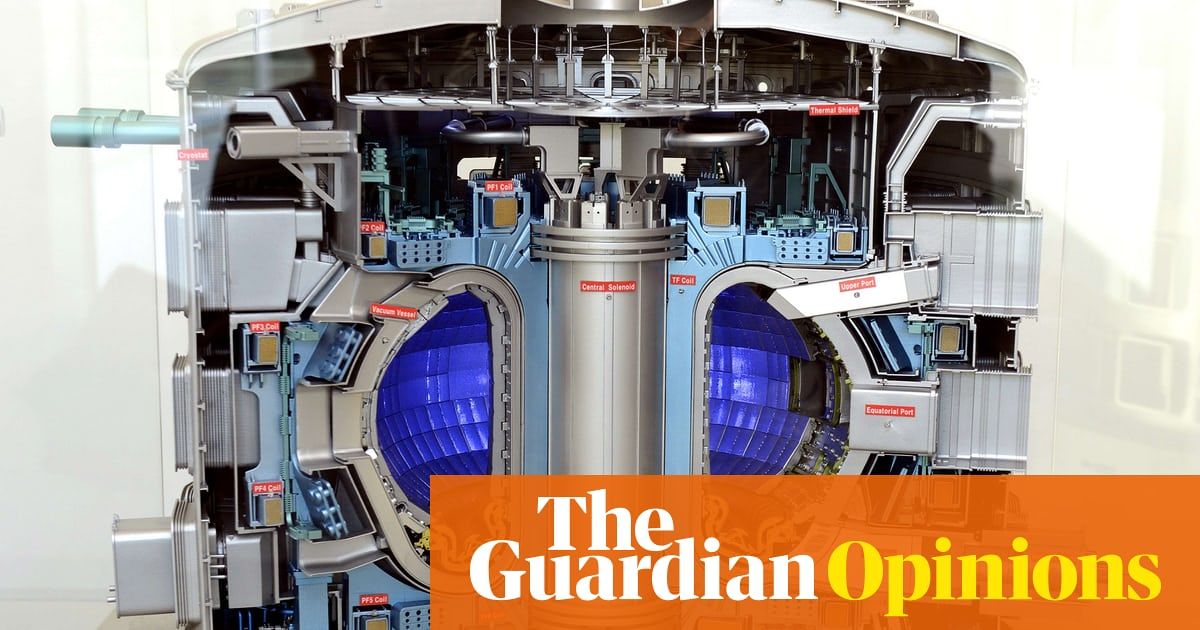
Fusion technology promises an inexhaustible supply of clean, safe power. If it all sounds too good to be true, that’s because it is. For decades scientists struggled to recreate a working sun in their laboratories – little surprise perhaps as they were attempting to fuse atomic nuclei in a superheated soup. Commercial fusion remains a dream. Yet in recent years the impossible became merely improbable and then, it felt almost overnight, technically feasible. For the last decade there has been a flurry of interest –and not a little incredulity –about claims, often made by companies backed by billionaires and run by bold physicists, that market-ready fusion reactors were just around the corner.
Until recently the attractions and drawbacks of nuclear fusion reactors were largely theoretical. Within a decade this will not be the case.
Mon 12 Mar 2018 14.24 EDT Last modified on Mon 12 Mar 2018 19.15 EDT.
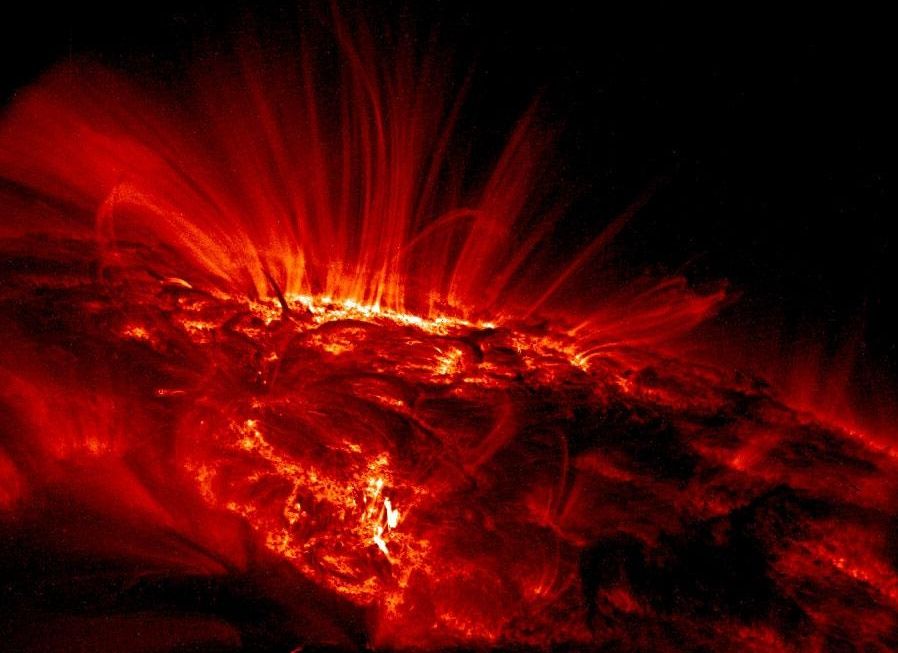

MILAN (Reuters) — Italian energy company Eni will conduct research with the Massachusetts Institute of Technology (MIT) and invest in a company created by former MIT scientists to produce energy from nuclear fusion.
FILE PHOTO: Eni’s logo is seen in front of its headquarters in San Donato Milanese, near Milan, Italy, April 27, 2016. REUTERS/Stefano Rellandini/File Photo.
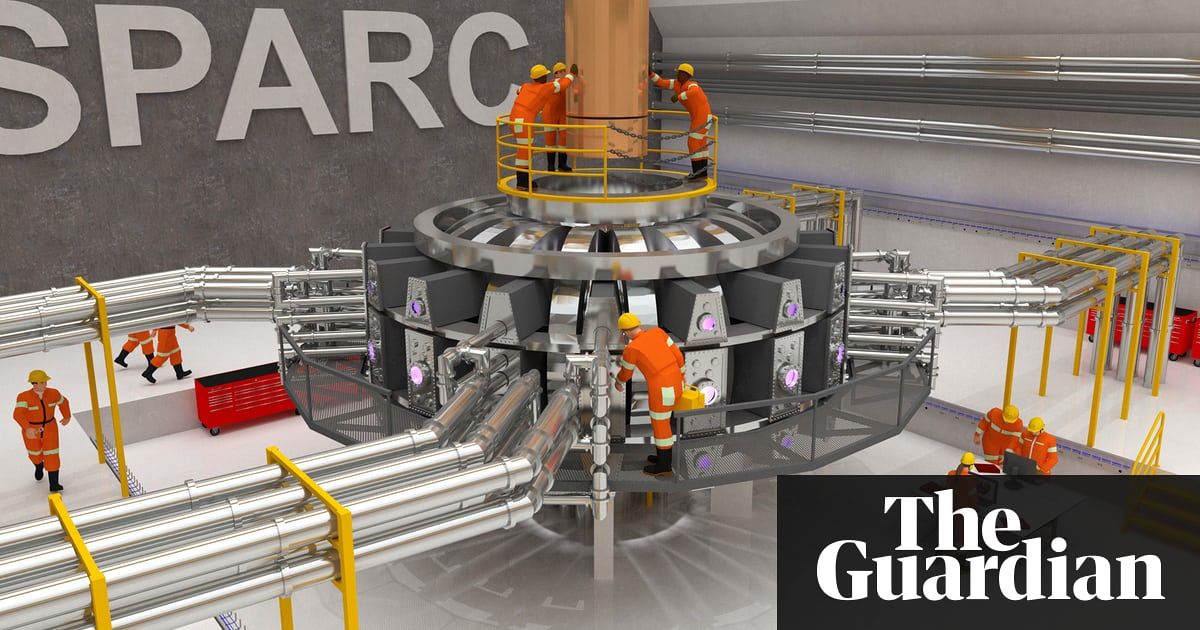
Carbon-free fusion power could be ‘on the grid in 15 years’
Hannah Devlin Science correspondent.
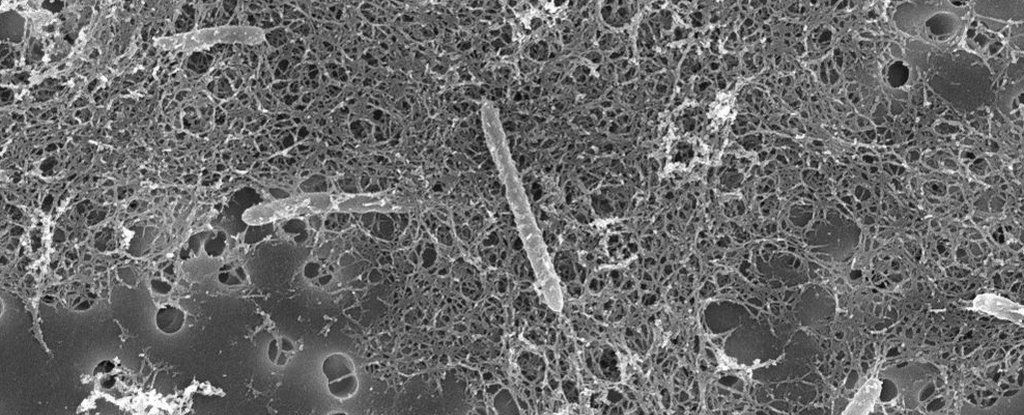
When you’re trying to figure out what alien life might look like, it makes sense to be looking in the most extreme environments Earth has available.
One such place where life has been found to thrive is three kilometres (1.86 miles) beneath the ground, the home of one of the strangest lifeforms we know: the bacterium Desulforudis audaxviator.
It lives in complete dark, in groundwater up to 60 degrees Celsius (140 Fahrenheit) — an environment devoid of sunlight, oxygen or organic compounds.